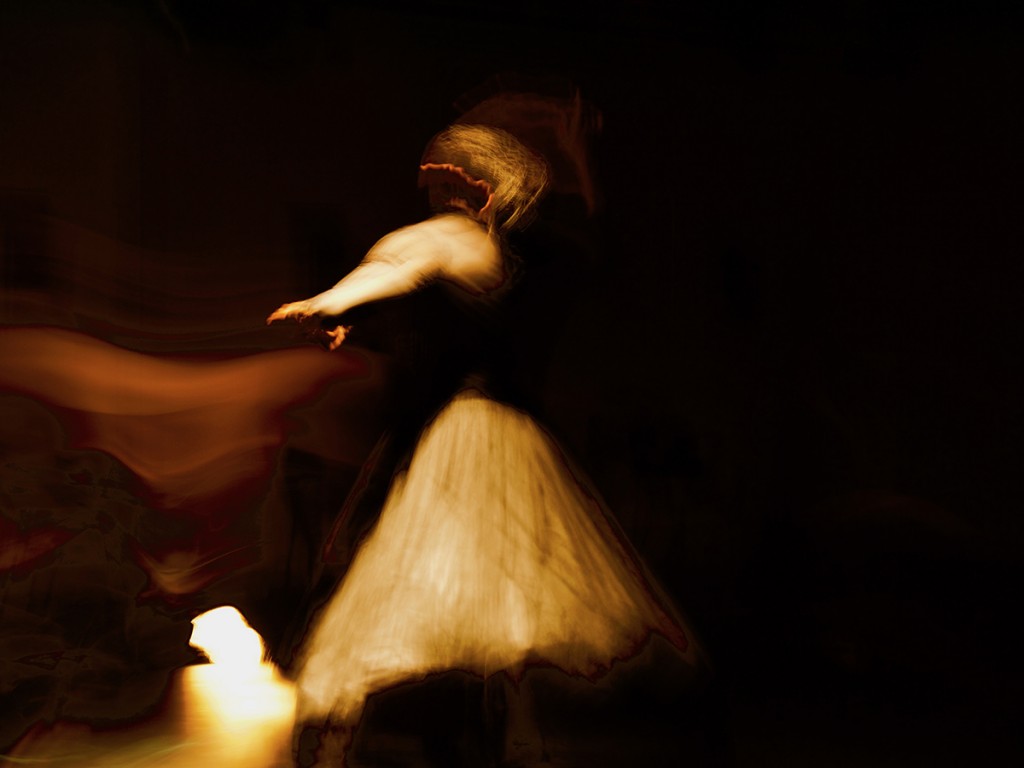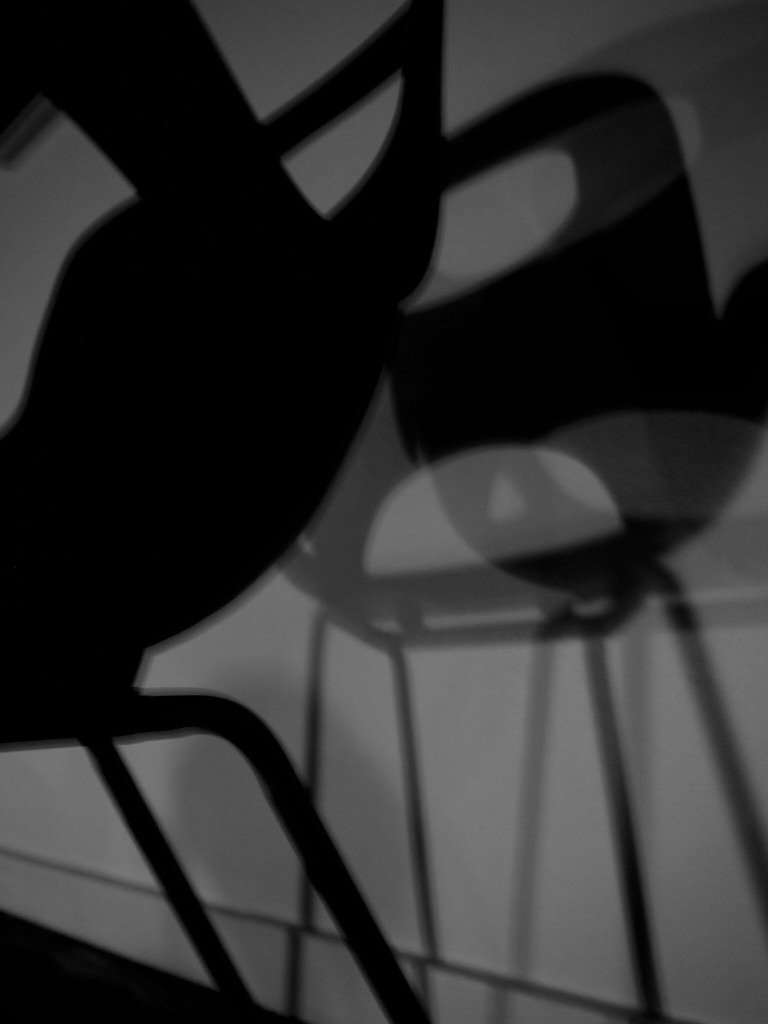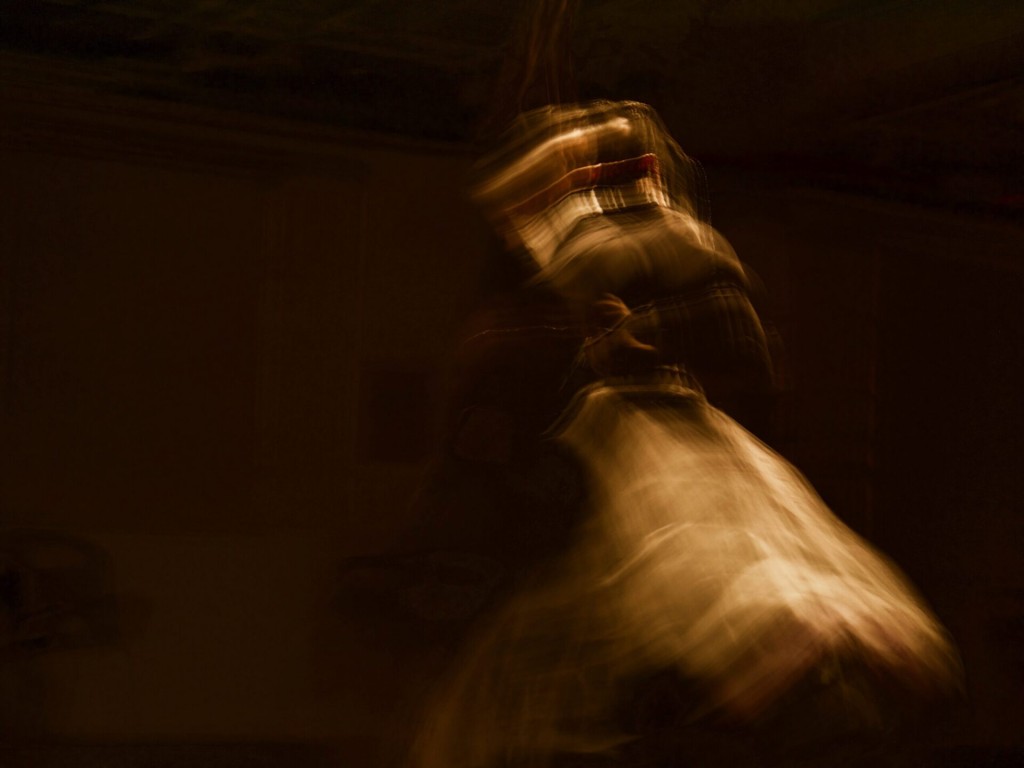A Guide to Loss
. .
I can’t remember all of where we began. There’s a stunned silence where we end.
I remember finding my seat, six feet from both stage and other audience members in The Studio@620 on Saturday, March 27 for the matinee showing of projectALCHEMY’s “Within. Without.” Our audience was a small community that numbered no more than seven, the seats spaced out in a way that separated you from your own party.
Alone on your island, the program offers itself “as a way to collect your thoughts.” It is just you, a pen, and a piece of cardstock. A strange kind of intimacy to sit with before the dancers arrived.
They do not arrive together. One lone soloist soldiers out from the sliding barn door that separates the audience from the backstage area. The soloist is Kirsten Standridge, who remains the juggernaut of projectAlchemy — the one who sets the mobile in motion as she self-consciously, or perhaps with great care, braids and fiddles with her long brunette locks. She is the daydream that is anchored at my feet. Carefree until the wind picks up and like a weathervane, spins off its axis. The rest of the company enters in a maelstrom of silence.
Then there is the speed of movement that is hard to catch in written words. Skulls touch, as empty as conch shells. There’s a sparking electricity in the taboo of touch.
. . .

. . .
Fernando Chonqui shivers so sharply, a quiet clasp of his fists calms a tremoring fit.
In one talkback reflection, a woman notes – “I feel anxiety if you can’t intervene, or you shouldn’t. The performance lets you off the hook. If I had seen someone experiencing that pain on the outside, I would have felt differently.”
In this first section, there is an impulse to care immediately for these dancers. To reach out, even when you physically cannot.
The second section of the work starkly contrasts the muted tones of the first half. After a pause, black and red enter the space. There are shakes as dancers pick up heavy fabric skirts, material reminiscent of a wake. The sound as the fabric is brushed is its own baroque symphonia. An angel of death hovers over the space as Alex Jones stands, matriarchal at the barn door.
The dancers are agape with no mouths. Black fabric masks obscuring their faces. Just spiderwebbing from the lace and blackholes for eyes. We feel as if we’ve entered a sacred space. Flagged by four corners, Carissa Bishop’s center stage solo is calling up spirits. Once she breaks out into a run, her inertia takes leave of the room and behind her sprawls a vacuous, black stage.
. . .

. . .
I am most struck by the almost moments. They were almost too close as they ran and jumped past. They almost embraced. We almost touched. If only I had called to tell you the mundane more often. If only I had chosen to be a better granddaughter, niece, nephew, aunt, daughter, friend, lover. I catch wisps of if only… if only I had made the most of the almost.
The bitter taste of almost is replaced by a bright, candle-like flame inside Nick Daulton-Crotty’s fingertips as they ignite. He washes warm light over interlacing shapes. There is the slightest air of how to mourn without regret.
The dancers are always looking for the person who hovers but never comes, who they can never call upon again. A funerary march for who we become in the absences of, or surrounded by the trappings of alone, but not loneliness. An uncorking, or an offering.
Heidi Brewer only shares so much in her moments at centerstage. She must be the one who holds back the flood. Jones arrives in the darkness of tulle, stretching and twisting into shows of strength. He stays frozen in the center of a yellow pool of light, and takes on the accents of unsettled breath, flooded with trembling fingers, the whites of his eyes shimmering.
I can feel the wind of the dancers’ skirts as they crisscross back and forth – and in a way, I become this breath. I become this collapse — Jones flanked by Brewer and Standridge. We are meant to mourn what we can’t comprehend.
Maybe we are unfeeling. Numb for the sake of artifice. Maybe we don’t let in the trance, the trauma. We ignore the looming catacombs that are described by Jones’ head falling backwards to the floor. Brewer’s reaching arm stopped, stopping, stop, to hold it back. It is the aftermath of a Renaissance, the dark ages in reverse. The melting of a wax candle, pooling and hardening and no longer letting light fractals inside.
The end is a black universe orbiting a dark sun. This angel the exact foil of the sun king. The end is our celestial fate to circle and find peace and solace in infinitesimal insignificance. Again, a momentary release as Daulton-Crotty’s finger taps between his furrowed eyebrows and finds peace.
. . .

. . .
I ask the dancers in the talkback… where do you go within?
Some reply, resilience. You need strength to be resilient. Protective and fierce then it breaks to softness. Some question the routine of loss and losing. When loss happens, nothing changes. So, what happens when you lose yourself?
Then there is a thought offered on what the show is honoring. Spoken by Daulton-Crotty, this is not just a rumination on the invisible virus plaguing society, or a swath of statistics, or even a reflection on how it feels to all be back, indoors, taking in a socially distant performance.
It’s an offering to remember the people not sitting with us – “We are inviting them to be here for one last goodbye.”
. . .
Explore projectALCHEMY’s work at projectalchemy.dance
Photos by saudade toxosi and video by Matthew Sommers





